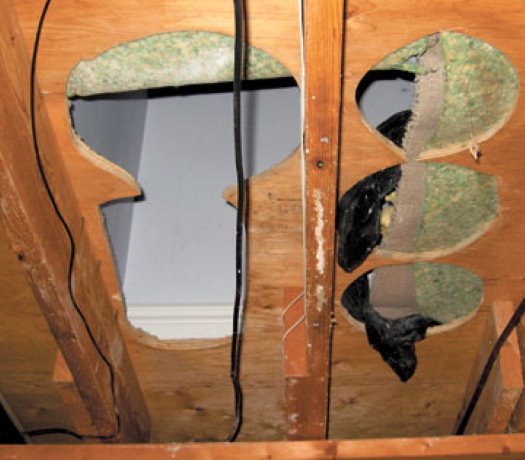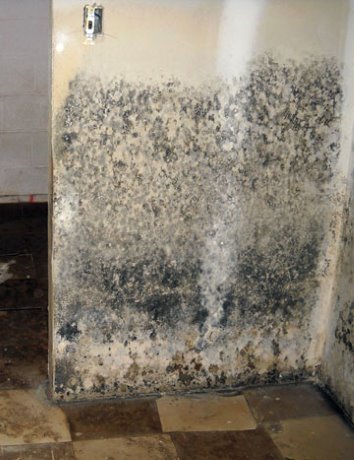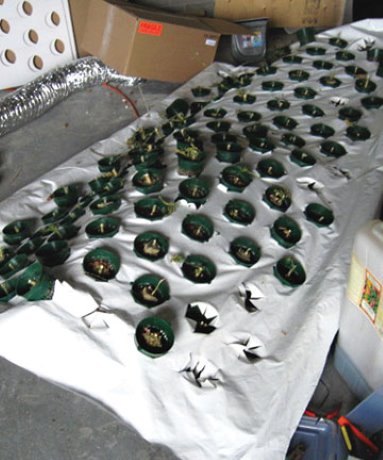Some marijuana grow-ops are so full of mould that traditional treatments won’t touch them and they’re condemned and torn down, says a manager with Fisher Environmental Ltd. of Markham, Ontario. The RCMP estimates there are at least 50,000 marijuana grow-ops in Canada alone, and as many as 15 per cent of them are located in commercial or industrial buildings.
“One of the biggest busts in Ontario history occurred at the abandoned Molson Brewery in Barrie, in 2004 where police seized 30,000 plants,” says Gordon Onley, business development manager with Fisher Environmental Ltd. of Markham.
The company has recently established growophomes.com as a central database to help prospective buyers of residential and commercial real estate to identify properties used for illegal drug operations.
“There are various lists of these properties available across the country, but we’re attempting to make it easier for buyers to identify properties used as grow-ops,” says Onley.
In a typical case, a grow-op is located in a rented or abandoned property where growers often perform major remodeling to create a property suitable for marijuana cultivation.
“They by-pass the electrical meter and rig new connections and wiring through the house, cut holes in walls and floors to make room for equipment, and install greenhouse lighting, blowers and irrigation equipment across the building,” says Onley.
“The buildings are often booby-trapped. We’ve seen places where police have removed spring-loaded spikes attached to doors, or removed rugs that were placed over holes cut into the floor to the basement.”
Once police enter a grow-op, they order electricity to be cut to the building and register a Make Safe order against the property. The Electrical Safety Authority will only restore power when the building is made habitable according to a report from a qualified engineering firm or industrial hygienist.
“We’re often called in to do the initial visual inspection of the property and to do air quality testing,” says Onley. “We often see mould which can be a significant human health issue, along with structural and electrical damage with these properties.
“The Insurance Board of Canada estimates clean-up costs for the average grow-op at $40,000, but some properties are so full of mould that traditional treatments won’t touch them and they’re condemned and torn down.”
Mould remediation contractors are often called in to make the properties habitable before structural repairs can be completed by traditional building contractors.
The building is assessed and remediated based on a mould damage rating system. Level 1 involves fewer than 10 square feet affected, Level 2 involves from 10 to 100 square feet, Level 3 involves greater than 100 square feet, and Level 4 involves mould infestations covering greater than 100 square feet with the building’s HVAC system impacted.
“In the worst cases, when we go in we see a building so infested with mould that it looks like someone came in with an old-fashioned fountain pen and squirted black ink over everything,” says Gregg Dalrymple, managing director of remediation contracting firm Mold.ca.
“We would have to go in with personal protective equipment that includes full body suits and HEPA-filtration masks to work safely. In many cases, I’m shocked that a professional commercial landlord wouldn’t find a reason to conduct a thorough inspection of their premises on a more regular basis.”
Dalrymple says that he’s recently been called on to provide mould remediation in newer condominium developments in major urban centres.
“The plants are being cultivated in the bedroom closets of multiple units in a building with one person moving from unit to unit to water and tend to all of the plants,” he says. “The rental on the condominium units is a small cost to bring in revenues that I’m told can be as much as $150,000 per month.”
Remediation, however, requires far more than just tearing out the drywall and flooring in one or two bedrooms and using microbial disinfectant to kill spores.
“The condominium grow-ops typically vent the moisture inside the walls of the building so they begin to cross-contaminate other areas,” Dalrymple says. “We have to tear out walls and insulation and even strip down the HVAC units and disinfect them, replacing any porous components.”
In many cases, Dalrymple says the company is called in to perform remediation on properties where the grow-op tenant has simply vacated the building.
“The police may never have been alerted in some cases, because calling them in for an investigation may result in having the electricity shut off,” he says. “That’s one more reason why people should perform due diligence and conduct a thorough inspection before acquiring a property that might have been used as a grow-op.”

1/3
Photo:
2/3
Photo:



Recent Comments
comments for this post are closed